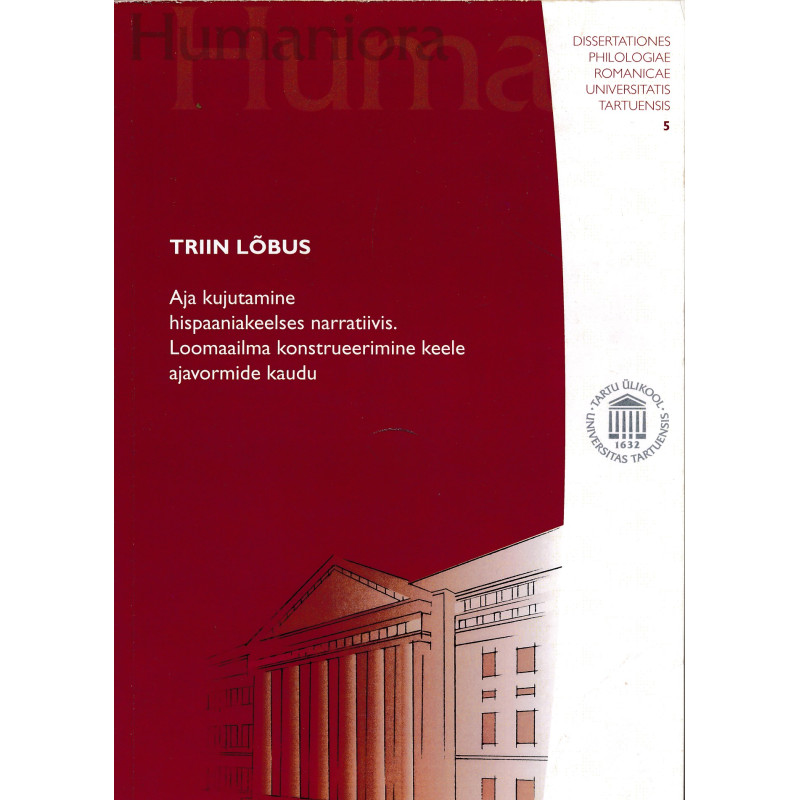



Tartu : Tartu Ülikooli Kirjastus, 2012
218 p. ; 25 cm
ISBN: 9789949321964
Dissertationes philologiae romanicae Universitatis Tartuensis, 1736-4922 ; 5
Softcover in good condition book.
Temporality is an essential feature of narrative. This thesis focuses on the narrative time from a linguistic and stylistic perspective. The study examines the linguistic representation of the temporal structure of events in Spanish fictional literary narrative using temporal verb forms. Previous studies on the discourse functions of verb forms have focused mainly on how the temporal order of events is detected by the interpreter of the text. The aim of this study is to look at how Spanish temporal forms enable a given temporal configuration of events to be represented in different ways at the text level. Thus, grammatical temporal forms are seen as devices to choose between different options in depicting the temporal structure of the storyworld. These options offer the author of the literary work a means of influencing the experience of the reader. The representation of human experience can be said to have a central role in the narrative sense-making. The theoretical framework of this study is based on the Deictic Shift Theory which describes the cognitive processes involved in creating and interpreting fictional narrative. The starting point of the Deictic Shift Theory is the thesis that the deictic field is constituted on a different basis in fictional narrative than it is in a conversation. Readers of narratives have the illusion of getting inside the world of the narrative and interpreting the story as if they were experiencing it from that position. According to the Deictic Shift Theory, this means that readers shift their deictic centre from the real world situation to a location within the storyworld. The theory states that fictional narrative is not understood with respect to the author/reader communication model. Readers conceive of fictional language as self-constituting rather than emanating from a narrator figure. Instead of the telling model, the theory argues that the canonical fictional narrative is interpreted in terms of the cognitive model of viewing. The reader witnesses the story from a position within the storyworld as events happening around him or her. Within this framework, this thesis examines how Spanish verb forms are used in narrative texts to design the reader's experience of the events of the story. As one of the general results, the study shows the interrelationship of the temporal construction of the narrative and the structuring of the story according to the telling as opposed to the viewing model. Specific stylistic effects achieved through different verb forms as well as their text-structuring functions are also analysed. In addition to Spanish literary texts, the representation of narrative time is explored in a contrastive analysis of Spanish original texts and their translations into Estonian.